According to the American Kennel Club, The Newfoundland is a massive breed of English working dog, used for pulling nets, carts, and carrying loads. Newfoundlands also make excellent guard dogs. Henry's puppy would look something like this,
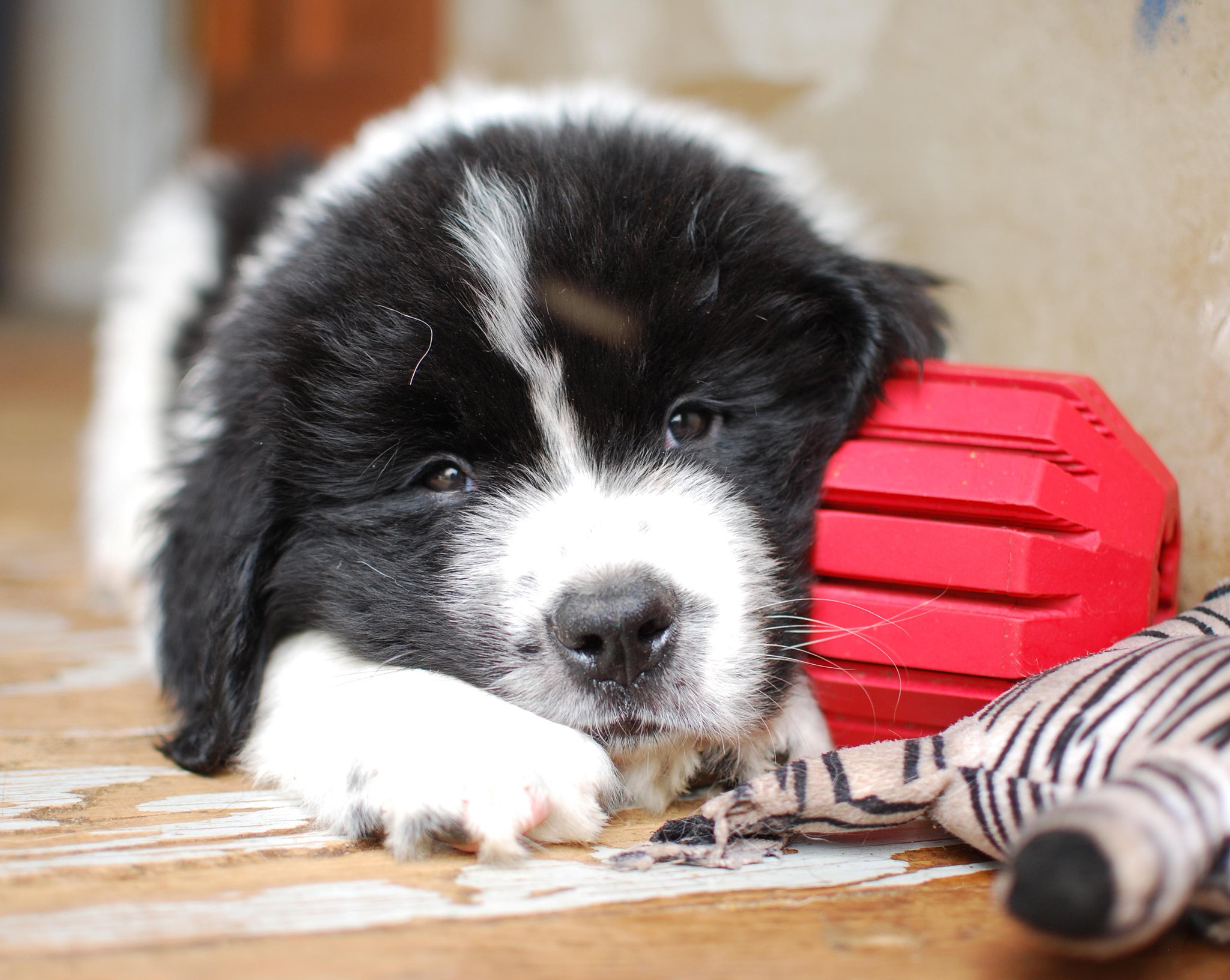 but would grow to be a very large dog.
but would grow to be a very large dog.

Terrier is a group of breeds, originally bred to hunt vermin. Some examples include the West Highland White Terrier,  Cairn Terrier,
Cairn Terrier,  and Norfolk Terrier.
and Norfolk Terrier. 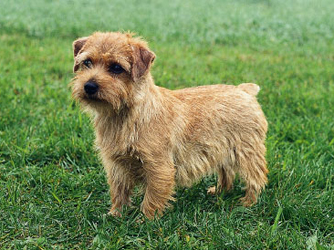
These dogs were kept not only as companions, but as useful parts of the household: the Terriers to control rats and other vermin, and the Newfoundland (when grown) for protection and labor. Even so, the Newfoundland’s sweet disposition would make for an ideal companion (American Kennel Club).

 (William Gilpin, From Observations Chiefly Made to Picturesque Beauty)
(William Gilpin, From Observations Chiefly Made to Picturesque Beauty)






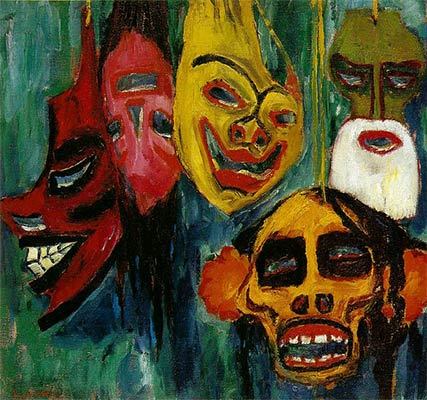

 but would grow to be a very large dog.
but would grow to be a very large dog.

 Cairn Terrier,
Cairn Terrier,  and Norfolk Terrier.
and Norfolk Terrier. 





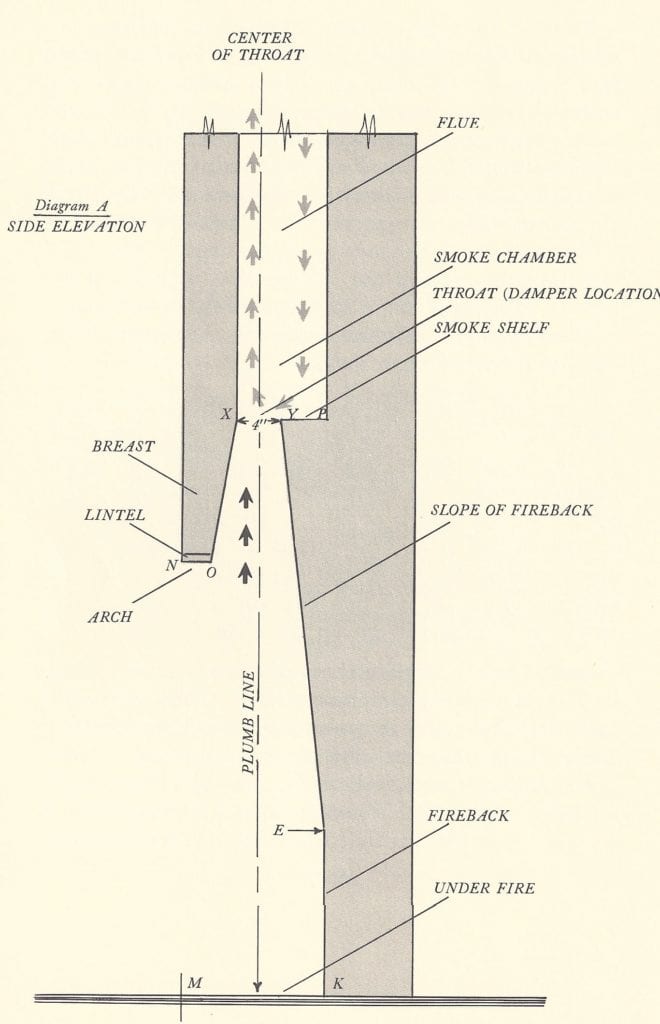







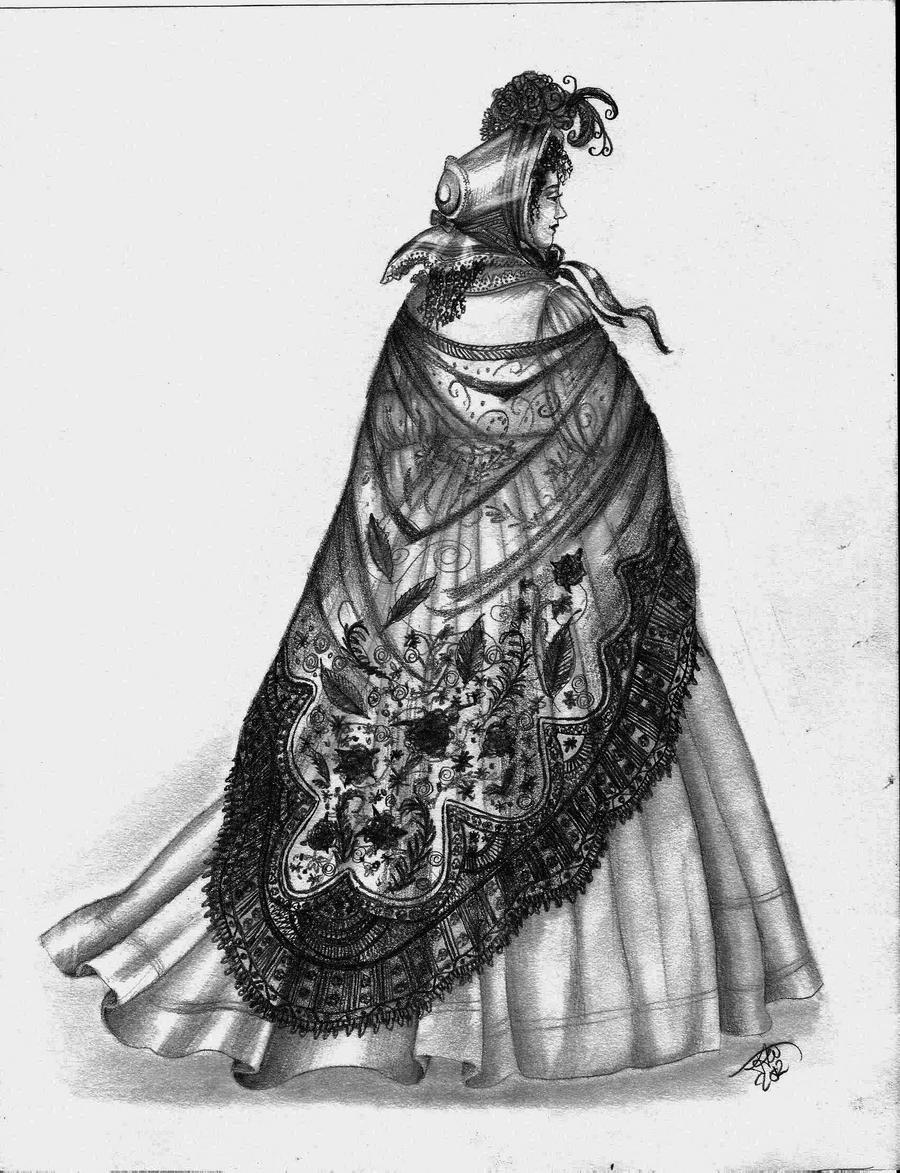



 "A type of light four-wheeled open carriage, usually drawn by a pair of horses, and having one or two seats facing forward" (OED).
"A type of light four-wheeled open carriage, usually drawn by a pair of horses, and having one or two seats facing forward" (OED).
